The growing ecosystem of devices and products serving peoples’ health and well-being shows us that innovators already see the opportunity to serve the fast-growing market for self-care among people 50 years of age and up.
For nearly twenty years, one thing has felt inevitable: when boomers reach “old age,” senior living demand will surge. And yet ..
ChatGPT Health builds on consumer use of today's ChatGPT so responses are informed by your health information and context.
The prize honors .lumen’s Glasses for the Blind, an AI-based device that applies autonomous driving technology adapted for pedestrians. Using computer vision and local processing, the headset understands the three-dimensional environment in real time without relying on the internet or pre-defined maps and guides the user through subtle vibrations indicating a safe direction to follow.
The United States faces a fundamental mismatch between surging demand and insufficient capacity.

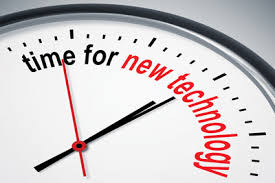 What care delivery has seen an uptake in technology adoption? People imagined that post-Covid-19, technology would become much more compelling in all types of care delivery. And for sure, the pandemic institutionalized the role of in-home telehealth, with CMS reimbursement
What care delivery has seen an uptake in technology adoption? People imagined that post-Covid-19, technology would become much more compelling in all types of care delivery. And for sure, the pandemic institutionalized the role of in-home telehealth, with CMS reimbursement  The opportunity for embedded and AI-enabled sensors in smart clothing. The growth of the sensor market has created an opportunity for more focus on smart clothing, which has been around a long time,
The opportunity for embedded and AI-enabled sensors in smart clothing. The growth of the sensor market has created an opportunity for more focus on smart clothing, which has been around a long time, 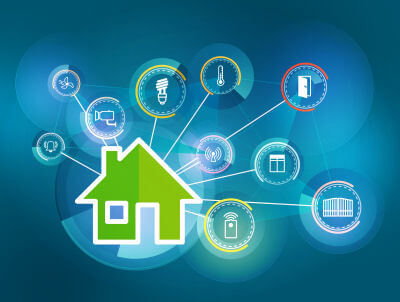 So many really want to help older adults – yet so often ‘help’ can be elusive. Look at the ludicrous amount of time it took to officially enable buying hearing aids over the counter. Look at the ten years or more between the first wave of useful sensor tech for seniors (2005 with
So many really want to help older adults – yet so often ‘help’ can be elusive. Look at the ludicrous amount of time it took to officially enable buying hearing aids over the counter. Look at the ten years or more between the first wave of useful sensor tech for seniors (2005 with  Taking stock of 2022 in AgeTech. We are approaching end of the year – it has been a good one for emerging technologies that can help older adults, today commonly known as
Taking stock of 2022 in AgeTech. We are approaching end of the year – it has been a good one for emerging technologies that can help older adults, today commonly known as 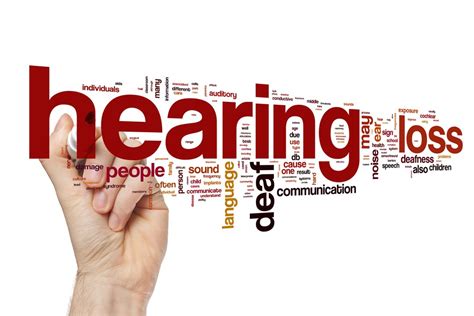
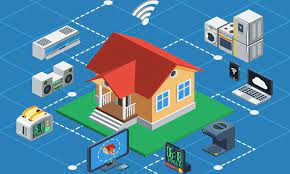 What changes in care technology will be different later in this decade? Consider the implications of adoption of sensors to deliver and improve the care of older adults -- then look forward five years. What will be different in this second technology wave, both from today and from the market a decade ago? Is this optimism justified? Does the shortage of labor to serve the aging population make sensor technology essential in delivering care? Many of the interviewees for this new report, due out in November, 2022, think that innovation in offerings, caregiving labor shortages, and a swelling demographic aged 80+ all combine to boost both utility and adoption across all care sectors. What specifically might be different?
What changes in care technology will be different later in this decade? Consider the implications of adoption of sensors to deliver and improve the care of older adults -- then look forward five years. What will be different in this second technology wave, both from today and from the market a decade ago? Is this optimism justified? Does the shortage of labor to serve the aging population make sensor technology essential in delivering care? Many of the interviewees for this new report, due out in November, 2022, think that innovation in offerings, caregiving labor shortages, and a swelling demographic aged 80+ all combine to boost both utility and adoption across all care sectors. What specifically might be different?
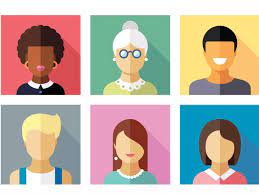 Picking on Apple because they are there, but of course they are not unique. What’s new with
Picking on Apple because they are there, but of course they are not unique. What’s new with 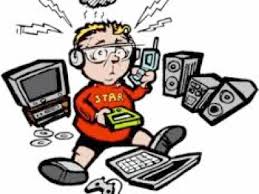 Digital literacy – what is it?
Digital literacy – what is it? 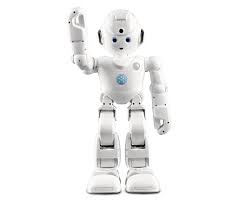 Context matters: consider the likely status of people in 10 years. It makes you think. Asked this question recently and pondered. What will be the context at that time? A decade from now, the oldest baby boomers will be 86.
Context matters: consider the likely status of people in 10 years. It makes you think. Asked this question recently and pondered. What will be the context at that time? A decade from now, the oldest baby boomers will be 86.